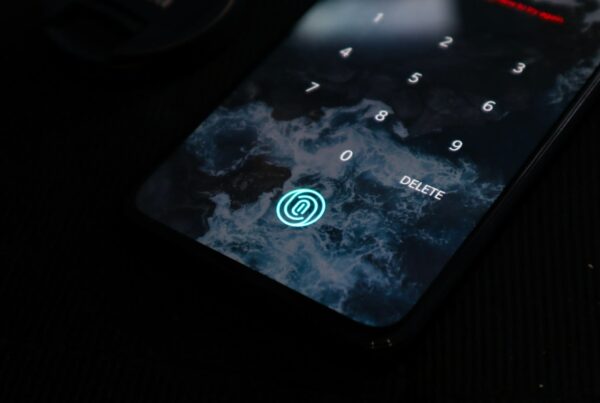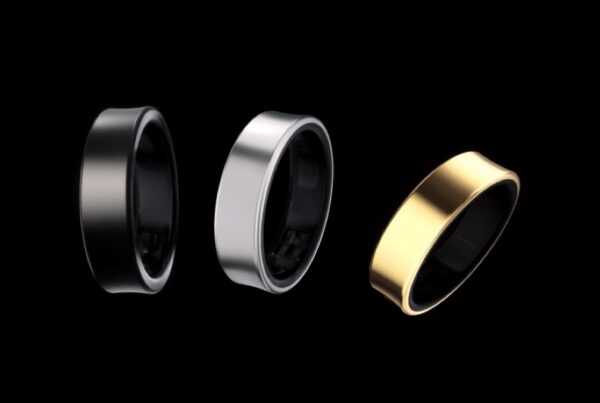In today’s modern world, smartphones have become an essential part of our daily lives, serving as our communication hubs, information centers, and multimedia companions. But have you ever wondered when the first smartphone was made? Join us as we take a fascinating journey back in time to explore the origins of the very first smartphone and the technological advancements that paved the way for its creation.
The Emergence of the Smartphone:
Although we often associate smartphones with the present era, their roots can be traced back several decades. The idea of merging telephony with computer-like capabilities began to take shape in the early 1970s, as pioneering researchers and engineers started envisioning the potential of this technological fusion.
The Birth of Mobile Telephony:
The first significant milestone on the path to creating smartphones was the advent of mobile telephony. It was in 1973 that Martin Cooper, an engineer at Motorola, made history by placing the first public call from a handheld mobile phone. Known as the Motorola DynaTAC 8000X, this groundbreaking device was a remarkable achievement, although it lacked the advanced features we now associate with modern smartphones.
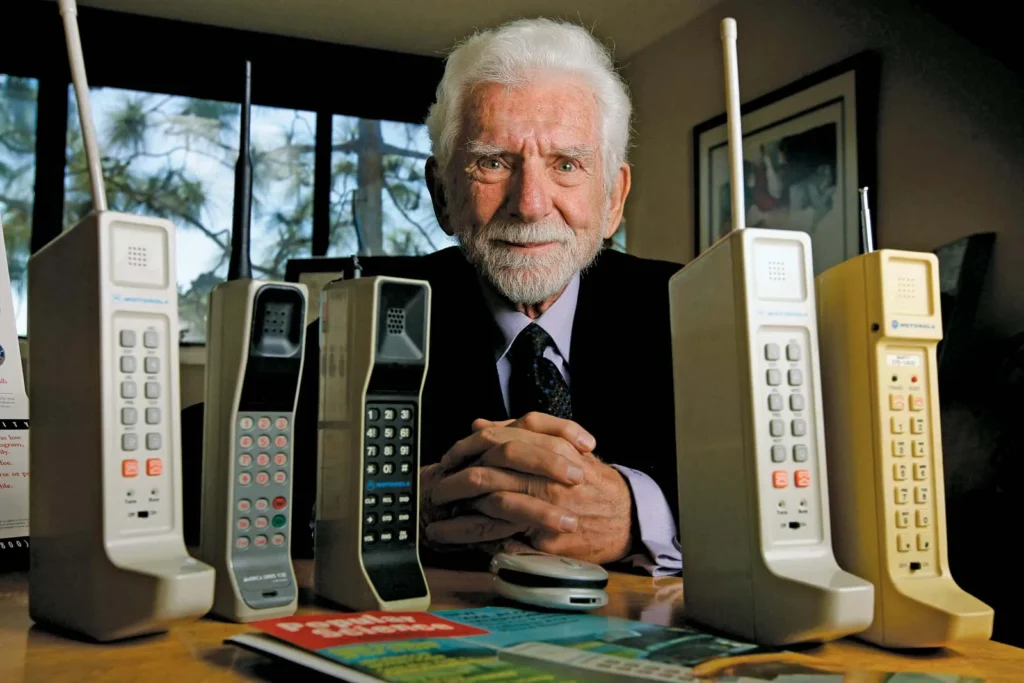
The Rise of Personal Digital Assistants (PDAs):
The next significant step in the evolution of smartphones came in the 1990s with the introduction of Personal Digital Assistants (PDAs). These handheld devices were designed to offer computing capabilities on the go, providing features such as calendars, contacts, and note-taking applications. While PDAs represented a substantial advancement in portable computing, their primary focus was on productivity rather than communication.
The Birth of the “Simon” – The First True Smartphone:
The true birth of the smartphone can be attributed to the IBM Simon, which was introduced in 1994. The Simon was the first device to successfully combine the functionalities of a mobile phone and a PDA. It boasted a touchscreen interface, email capabilities, faxing, and even rudimentary web browsing. However, due to its high price and limited commercial success, the Simon remained an innovative but niche product.
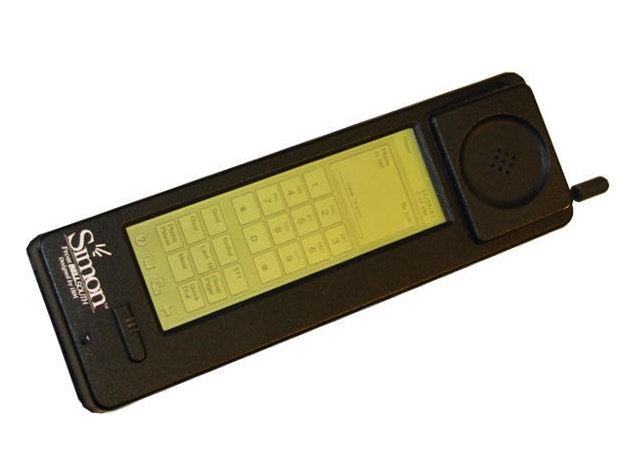
The Dawn of the 21st Century: Expanding Capabilities:
As the new millennium unfolded, technological advancements propelled smartphones even further. Companies like Nokia, BlackBerry, and Palm played significant roles in advancing the smartphone revolution. Nokia’s release of the Nokia 9000 Communicator in 1996 introduced the concept of a mobile phone with advanced computing features, including a full keyboard and web browsing.
The Arrival of Apple’s iPhone and the Birth of the Modern Smartphone Era:
The defining moment in the history of smartphones arrived on June 29, 2007, with the launch of Apple’s iPhone. At that groundbreaking event, Steve Jobs, the Apple Inc. co-founder, introduced the iPhone—a game-changing device that revolutionized the industry and set the standard for modern smartphones. With its sleek design, multi-touch interface, and innovative applications, the iPhone offered users a seamless and intuitive experience.
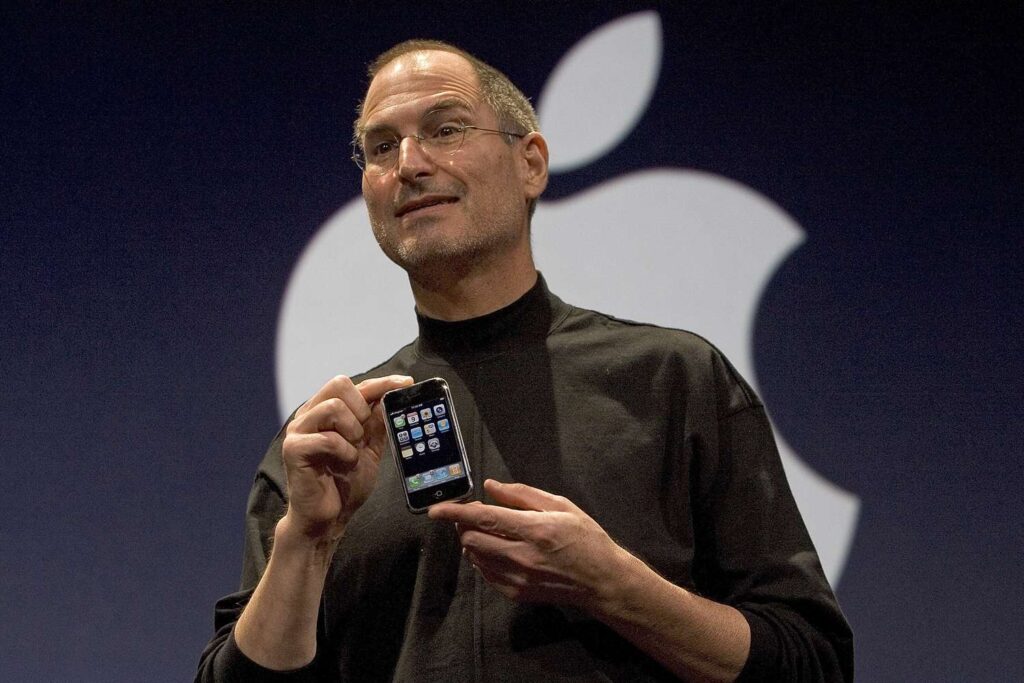
The Evolution Continues:
Following the success of the iPhone, other tech giants such as Google, Samsung, and Microsoft entered the smartphone market, sparking fierce competition and driving rapid technological advancements. The subsequent years witnessed the rise of app stores, the introduction of high-resolution cameras, enhanced processing power, and the integration of artificial intelligence, further transforming smartphones into versatile and indispensable companions.
Conclusion:
The first smartphone, the IBM Simon, emerged in 1994, but it was the release of Apple’s iPhone in 2007 that propelled smartphones into the mainstream and forever changed the way we interact with technology. Since then, smartphones have become an integral part of our lives, connecting us to the digital world and revolutionizing various industries. As we look ahead, it is evident that the journey of the smartphone is far from over, with continuous innovation promising even more exciting possibilities for the future.







